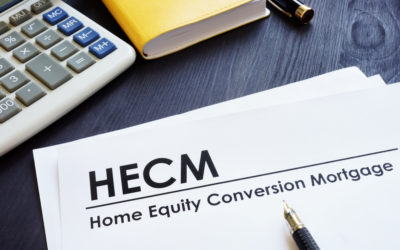There are three main types of reverse mortgages: federally insured reverse mortgages, proprietary reverse mortgages, and single-purpose reverse mortgages. While single-purpose reverse mortgages are the least common of the three, this type of mortgage is affordable and can provide additional cash flow to cover specific costs. Note that this type of mortgage is only offered in some states and not all lenders will offer it.
Key takeaways
- Single-purpose reverse mortgages can only be used toward lender-approved expenses, such as property taxes and home repairs.
- There are a few similarities between federally insured reverse mortgages and single-purpose reverse mortgages. However, the most significant difference is that you can only use the latter toward a specific expense.
- The qualifications for a single-purpose reverse mortgage will vary depending on the government agency or organization offering the loan.
What is a single-purpose reverse mortgage?
A single-purpose reverse mortgage allows homeowners that are 62 years of age or older to tap into their property’s equity to pay for expenses that are lender-approved. Lender-approved expenses that are typically covered by a single-purpose reverse mortgage are property taxes, significant home repairs and renovations, and home insurance premiums.
This can be beneficial for senior homeowners looking to receive a steady source of income to cover these costs if their retirement savings are not enough. Single-purpose reverse mortgages are also known as property tax deferral programs and deferred payment loans.
How are single-purpose reverse mortgages different from other reverse mortgages?
Single-purpose reverse mortgages have some overlapping similarities with government insured home equity conversion mortgages (HECM). For example, you don’t have to pay your single-purpose reverse mortgage or HECM loan on a monthly basis, which is a valuable benefit of reverse mortgages. Repayment is also due when you move out of your home, sell the property, fall behind on property taxes and homeowners insurance costs, or pass away with either loan.
One of the biggest differences, however, is that you can only use your single-purpose reverse mortgage for specific reasons that must be approved by the lender. Federally insured reverse mortgages allow you to use the money you receive for any reason, including to cover living expenses, pay medical bills, go on vacation, or purchase a new car. Single-purpose reverse mortgages are also easier to qualify for, so you may see higher reverse mortgage loan limits. However, these types of mortgages are not as widely available as HECM loans. Only some state and local government agencies and non-profit organizations offer them.
Keep in mind that non-HECM loans are not federally insured, meaning they’re not backed by the government and lenders are not protected against losses with these. This is one of the reasons why these loans are harder to find, as lenders may see it as a risky investment.
Single-purpose reverse mortgage qualifications
In most cases, homeowners must be 62 years or older and have low to moderate income to qualify for a single-purpose reverse mortgage. However, single-purpose reverse mortgage rules will vary depending on the government agency or non-profit organization that’s offering the loan.

 1-866-840-0279
1-866-840-0279


